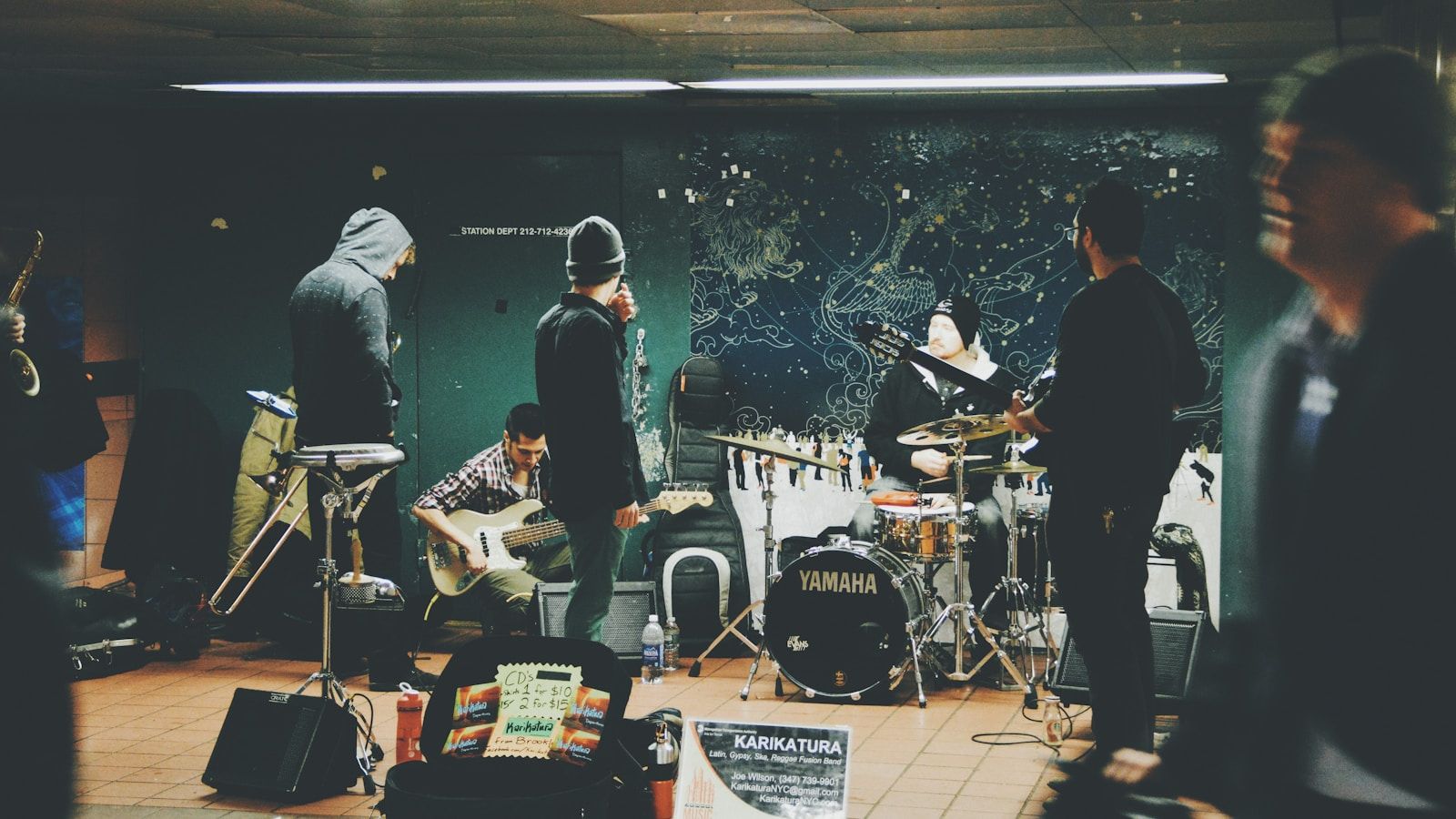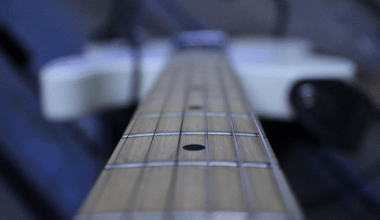Have you ever dreamed of producing your own music but felt unsure where to begin? The good news is, with just a laptop and some user-friendly tools, you can set up a music studio that fits your needs. Whether you’re a beginner or someone exploring music production as a hobby, this guide will walk you through everything you need to know to find the perfect music studio on your laptop.
Why Use Your Laptop as a Music Studio?
Laptops have become powerful enough to handle most music production tasks, making them an excellent choice for budding musicians and seasoned producers alike. You no longer need expensive hardware or dedicated spaces to start creating music. A laptop offers convenience, portability, and access to a wide variety of music software. Let’s dive into the key steps to set up your music studio on this laptop.
Choosing the Right Music Studio Software
When it comes to setting up a music studio, the first step is finding the right Digital Audio Workstation (DAW). DAWs are software platforms where you can record, edit, and produce music. Here are a few beginner-friendly options:
- GarageBand (Mac users): An intuitive and free DAW that’s great for beginners.
- Audacity: A free, open-source option that works on both Windows and macOS.
- FL Studio: Ideal for those looking for a user-friendly interface with plenty of tutorials.
- Ableton Live: Perfect for electronic music producers and live performers.
Make sure to check the system requirements before downloading, so your laptop can run the software smoothly.
Hardware Essentials for Your Laptop Music Studio
While your laptop is the centerpiece of your studio, a few additional pieces of hardware can enhance your experience:
1. Audio Interface
An audio interface connects your laptop to microphones, instruments, and speakers. It’s essential for high-quality recordings and playback. Popular options include:
- Focusrite Scarlett 2i2
- PreSonus AudioBox USB 96
2. MIDI Keyboard
A MIDI keyboard lets you play virtual instruments. For beginners, a compact model like the Akai MPK Mini is an excellent choice.
3. Headphones or Studio Monitors
Invest in quality headphones or speakers to hear your music accurately. Brands like Audio-Technica (ATH-M50x) and KRK Rokit monitors are well-regarded.
Setting Up Your Workspace
Creating a comfortable workspace is key to staying productive. Choose a quiet area, free of distractions, and organize your equipment neatly. Use a sturdy desk and ergonomic chair to avoid strain during long sessions. Don’t forget to ensure your laptop is well-ventilated to prevent overheating.
Learning the Basics of Music Production
Once your setup is ready, it’s time to dive into music production. Start with the following steps:
1. Familiarize Yourself with the DAW
Explore tutorials on YouTube or the software’s official website to get a basic understanding of how it works. Experiment with recording and editing audio tracks.
2. Experiment with Virtual Instruments
Most DAWs come with built-in instruments and sound libraries. Test different sounds and layers to create a unique style.
3. Practice Mixing and Mastering
Learn how to adjust volume levels, add effects, and balance tracks to create polished music. Plugins like EQs and compressors are great tools for beginners.
Optimizing Your Laptop for Music Production
To ensure your laptop performs at its best, follow these tips:
- Upgrade Your RAM: Most DAWs require at least 8GB of RAM for smooth operation.
- Free Up Storage: Music production files can be large. Use an external hard drive to store projects.
- Turn Off Background Apps: Close unnecessary apps to allocate more resources to your DAW.
Free and Paid Resources to Help You Learn
When it comes to music production, continuous learning is key. Here are some great resources:
Free Resources
- YouTube Channels: Channels like In the Mix and MusicTechHelpGuy offer excellent tutorials.
- Online Forums: Join communities like Gearspace or Reddit’s r/WeAreTheMusicMakers to connect with other producers.
Paid Resources
- Courses: Platforms like Skillshare and Udemy offer structured courses on music production.
- Plugins: Invest in premium plugins like Serum or FabFilter to expand your sound options.
Staying Inspired and Productive
Creating music is a journey, and staying inspired is essential. Set realistic goals, collaborate with other musicians, and don’t be afraid to experiment. Remember, every great producer started as a beginner.
For further reading, explore these related articles:
- The Evolution and Vibrance of the Indian Music Industry
- Zee Music Company Owner: Shaping the Sound of India
For additional resources on music marketing and distribution, visit DMT Records Private Limited.




